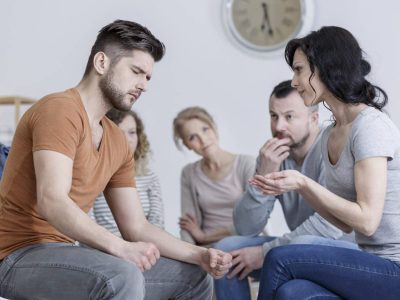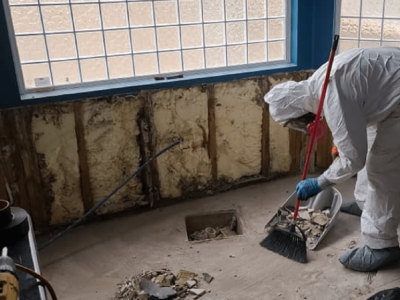The spine is made up of vertebrae that stabilize and support the body. Within the spinal column are nerves which carry signals between the brain and the body. If the surrounding bones or tissue become compromised, it can affect these nerves.
With spinal stenosis, the spaces in the spinal column become narrowed, compressing the spinal cord and causing issues such as weakness or numbness in the extremities, lower back pain, and balance issues. People with spinal stenosis may feel relief when they sit, but it can return when walking or standing.
Causes of Spinal Stenosis
Age-related changes are the most common causes of spinal stenosis. As we age, the body undergoes changes such as thickening of the tissues and enlargement of the bones due to osteoarthritis. These factors can compress the nerves, resulting in spinal stenosis.
In addition to osteoarthritis, the wear and tear arthritis that breaks down the cartilage cushioning the joints, the following conditions can also contribute to spinal stenosis:
- Spinal injuries: Injuries such as slipped discs and fractures can cause bone fragments or vertebrae to press on the nerves in the spine.
- Scoliosis: An abnormal curvature of the spine, scoliosis can develop from certain genetic factors, neurological abnormalities, or other, unknown cause.
- Rheumatoid arthritis: RA is a form of arthritis caused by chronic inflammation. It can result in bone damage and bone spurs, which can put pressure on the nerves in the spine.
- Paget’s disease: This chronic skeletal disease interferes with the body’s natural process of recycling bone tissue, leading to new bone growth that’s weak, brittle, and abnormally shaped.
- OPLL: Ossification of the posterior longitudinal ligament (OPLL) is a condition in which calcium deposits develop on the ligament that runs through the spinal canal.
- Congenital defects: Some people may have a birth defect consisting of a narrow spinal canal.
- Achondroplasia: The most common form of short-limbed dwarfism, ACH prevents cartilage in from changing and interferes with spinal formation.
- Ankylosing spondylitis: In this inflammatory disease, the vertebrae in the spine fuse together, causing a hunched posture and decreased flexibility of the spine.
Understanding the root cause of spinal stenosis can be an important factor for determining the best treatment method. For this reason, it’s critical that you describe your symptoms and health history in detail when discussing a care plan with your doctor.
Patients are looking more for alternatives in their treatment journey. Many are discovering regenerative medicine, also known as stem cell therapy. These cells have healing capabilities that can offer help with managing inflammation, pain, and slowing the progression of the condition. For anyone experiencing symptoms of spinal stenosis, stem cell treatment could be an excellent alternative to surgery if exploring more options than conservative methods.
This post was written by a medical professional at Stemedix Inc. At Stemedix we provide access to Regenerative Medicine for multiple sclerosis, also known as stem cell therapy for multiple sclerosis. Regenerative medicine has the natural potential to help improve symptoms sometimes lost from the progression of many conditions.







Comments